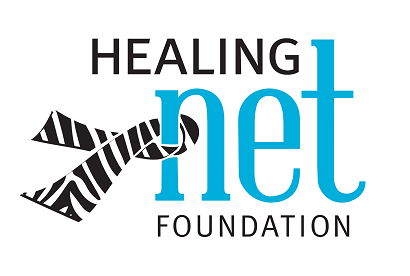Resilient in the Face of the Pandemic
/Since mid-March, The Healing NET Foundation staff and our Board have been working through the challenges these times of crisis have presented. Whether you are a NET patient, caregiver, provider, advocate, or industry supporter, you too have likely felt the additional pressures of receiving and giving good quality healthcare in these times.
When we (Cindy Lovelace, NET patient, and Eric Liu, MD, NET provider) co-founded Healing NET Foundation 7 years ago, we each experienced in a unique way the stresses and gaps in neuroendocrine cancer care. The COVID-19 pandemic adds an additional layer of difficulty to a system that is improving but still has major gaps in delivering the best possible NET care.
During this time, the Healing NET Foundation remains resilient, persevering with our work. We have pledged to always be RELEVANT in providing the NET Community timely, up-to-date resources to navigate the pandemic and how it impacts NET care; RESPONSIBLE in the way in which we operate our finances and programs to ensure a sustainable future in a time of uncertainty; and RESPONSIVE in communication to understand your needs, and making adjustments to our programs to meet those needs.
Specifically, HNF has taken the following steps to better serve the NET Community throughout the COVID-19 pandemic:
- Created a COVID-19/NET specific resource center on our website with input from NET experts in various disciplines.
- Sought input via survey from the NET Community about how the pandemic has affected their care and life
- Convened virtual meetings with leaders of other NET advocacy groups to support one another and the larger NET community
- Partnered with NANETS and other NET advocacy groups to support the webinar, “COVID-19 Information for NET Patients and Caregivers”
- Restructured our planned two-day NET Boot Camp to educate physicians and advanced practice providers into a virtual meeting in consultation with our Medical Director and NET specialist Erik Mittra, MD.
- Rescheduled our annual Summit until 2021 (our participants are medical professionals, patients, and advocates responding to COVID-19 concerns in their own communities)
- Engaged in collaboration on a webinar for nurses about carcinoid syndrome
- Stayed on track with a patient/physician task force working on a new patient navigation guide to share collective wisdom about the NET journey
- Began the creation of a new resource for high grade NEC patients
What has become clear to us in this time is that the need for Healing NET’s signature programs remains, and in a new era of social distancing and unknowns, it is more critical than ever that we find safe, innovative, and sustainable ways to deliver our mission to all who are in need.
As a NET patient and NET provider we continue our commitment to make a difference and are joined by our staff and Board of Directors.
Can you join us too? If you are able at this time, your monthly support or an individual donation can help us remain RELEVANT, RESPONSIBLE, and RESPONSIVE to the NET community we love.
--Cindy Lovelace, Executive Director and Eric Liu, MD, Founding Medical Director.










